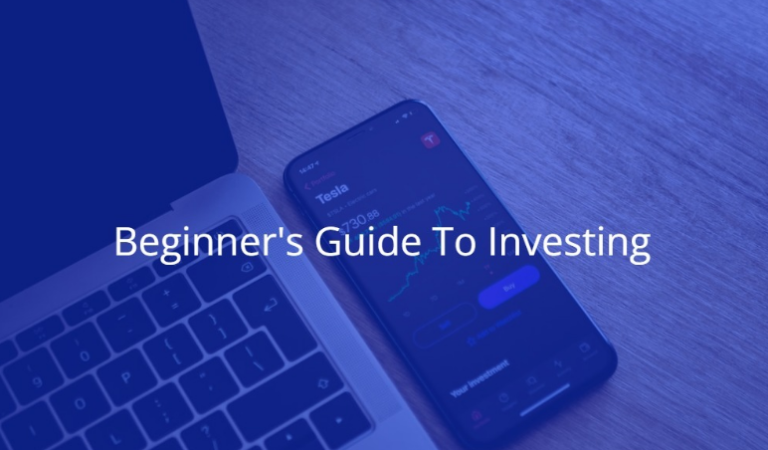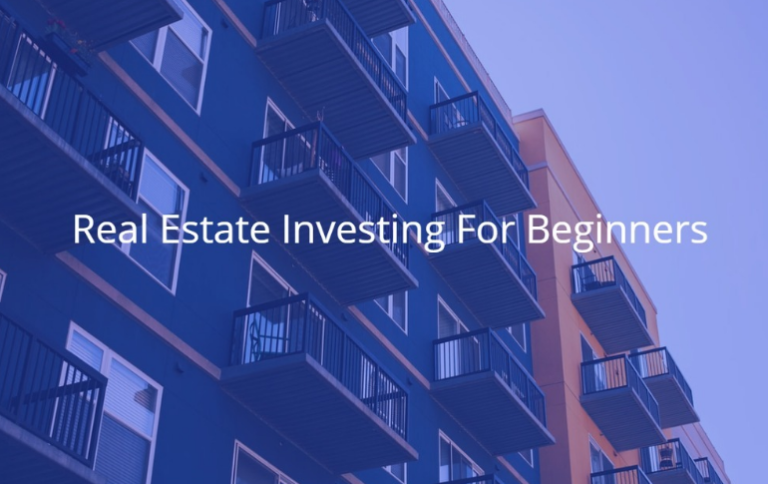Russ Whitney System – Building Wealth Through Real Estate Investment

In this article: What is the Russ Whitney System and how you can use it to build wealth?
Pursuant to the post on the different asset classes, it is worth exploring some of the most common ways that people generate wealth.
One of the common strategies that have been pushed by many “get rich quick” gurus or “wealth builder” type of individuals that you will find on late-night television is this concept of building wealth through real estate.
This is the premise of the Russ Whitney building wealth system – leverage your assets to buy real estate.
Of course, owning real estate is not a bad financial strategy. It fits nicely into most financial plans and long-term investment accounts.
But what role would owning secondary real estate play in your life?
The argument we make is that it will occupy one of two spots in your portfolio, either as an income asset or a growth class asset.
If things are done the way Russ Whitney suggests, chances are good that you are purchasing real estate for its growth potential as a way to increase your net worth over the short- or medium-term.
But this is not only the case because rental properties can also be income-generating investments as well.
Russ Whitney System As An Income Asset Class Investment

In reality, income properties are just that – income class assets. Their primary purpose is to generate income in the form of rents, just like a bond or term deposit pays interest on your original investment.
Individuals with the means to purchase a rental property will buy the property and use the rents to indefinitely provide income.
In other words, the investor will take their capital, let’s say $500,000, and purchase the property outright and live off the $750 per unit in rent. In a four-plex, that works out to $3,000 in monthly income per month (net).
Over the course of the year, that investment yields $36,000 in income or 7.2%. Not a bad rate of return given what term deposits and long-term government bonds are paying.
But of course, that is the net figure. After subtracting for taxes, utilities (if the tenants don’t pay them), repairs, and other incidentals, property investors will want to make sure that they are properly compensated for their invested capital.
They will normally look at alternate investments as a comparison, such as a government bond for the same term they expect to hold the rental property, and if the rents do not provide an adequate return to compensate for the additional risk and lack of liquidity, then a different rental property will be sought.
The bottom line here is that even under the Russ Whitney system of buying real estate as a way to build wealth, investors can generate income on a regular basis, which makes this type of investment an Income Class Asset.
Russ Whitney System As A Growth Asset Class Investment

When investors lack the equity to make the purchase from their existing cash resources, they will finance their purchase through a mortgage. In that case, the income generated from the property will simply pay the mortgage and some of the expenses.
Depending on how great the rents (income) are, the investor might even have a little extra cash flow at the end of the month after all expenses are paid.
This is the whole point behind the Russ Whitney system – to improve cash flow. In reality, that is not always the case, and we argue that this is okay too, especially over the long term.
Over time and even in periods like those we have seen since the housing “meltdown,” real estate property values will appreciate.
Even if only at a rate of 1.5% per year (or lower) chances are good that the property you buy today will be worth considerably more in twenty, thirty, or even more years.
Because the income pays the mortgage (which will be a principal plus interest payment) even if the investor has to put aside a small amount every month, the long-term return on that invested capital will be tremendous.
In thirty years (assuming a 30-year amortization on the property) the property will be free and clear. So even if an investor puts aside $200 extra per month to cover a shortfall between rent and expenses, that’s $2,400 per year or $72,000 over 30 years.
Now, imagine if that property is worth $600,000 when the mortgage is paid off. If you bought this property at $200,000 (you invested just $72,000 remember because the renters paid the rest of the mortgage) that would work out to a 7% annual rate of return.
In this case, your primary goal was to turn your $72,000 into something more, regardless of the income generated from rental income. Therefore, it is a Growth Asset Class investment.
Which Method Is Best For You?

In reality, a lot of people will invest some of their money into an income property and borrow the rest. When this happens, the income property is both an Income Class and a Growth Class investment.
In these cases, the investor needs income to pay the mortgage and he or she will use the rest of the money to improve cash flow.
At the same time, the mortgage payments reduce the indebtedness (thereby increasing the investor’s equity in the property) and the property appreciates in value as well (also increasing the investor’s equity).
For most income property investors, there is either an Income or a Growth focus.
This is the case with those who follow the Russ Whitney system as well – either they are increasing cash flow (income) or they are building something of a real estate empire (growth).
Neither way is wrong, it all depends on what the investor’s objective really is.







Real estates income or growth game.
I see it as simple: it’s either an income source or a growth investment in your portfolio.
I’d invest in rental properties for steady income, smart move.